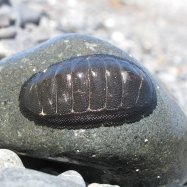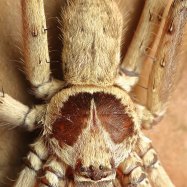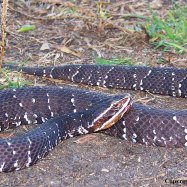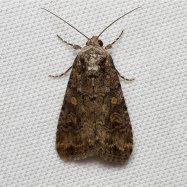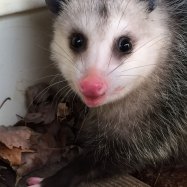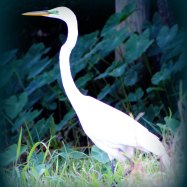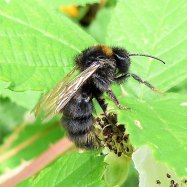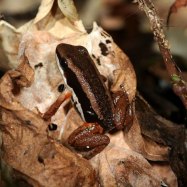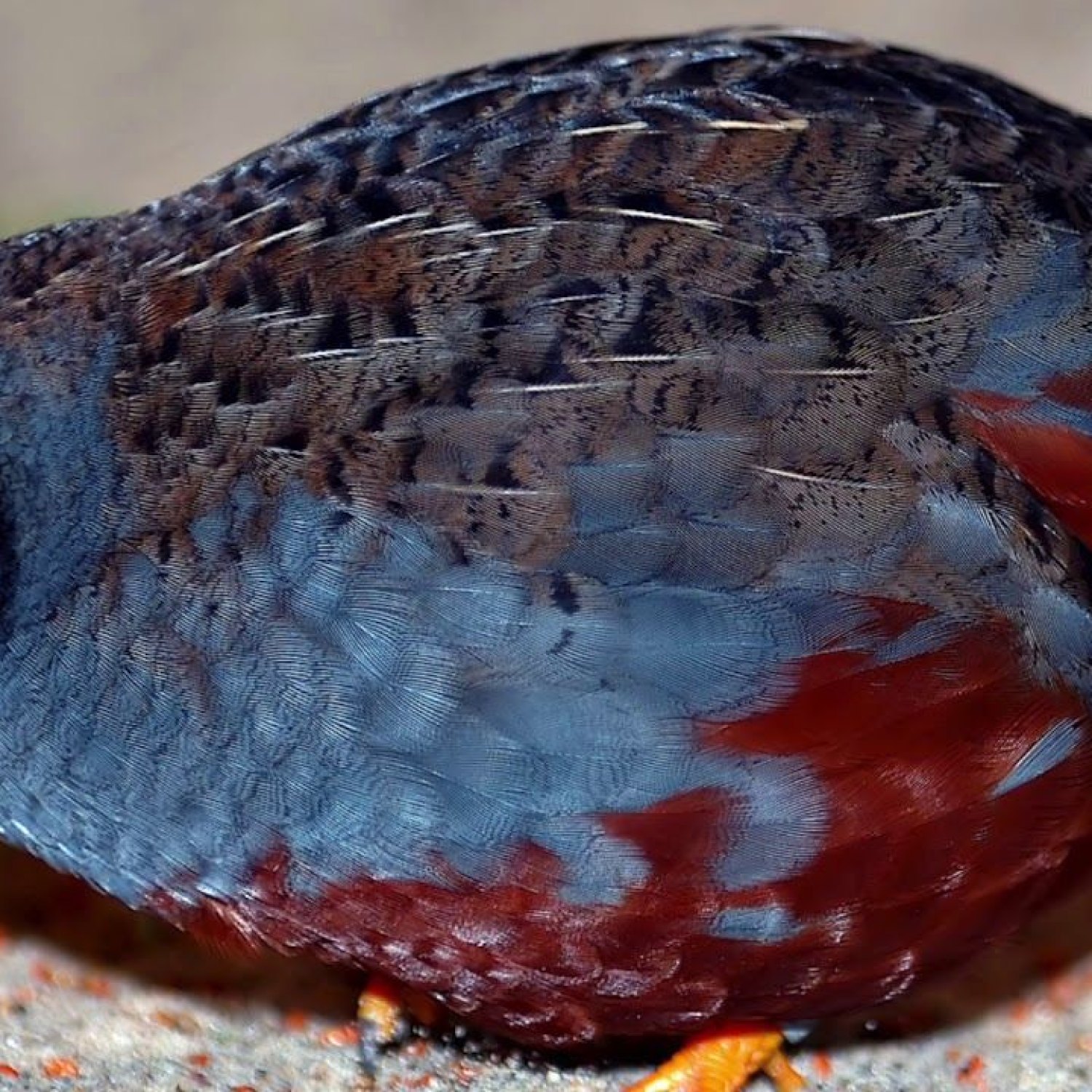
King Quail
12-14 cm
King Quail, also known as the Australian or King Partridge, is a small and compact bird species found in various regions across its native country, Australia. With a length of 12-14 cm, it belongs to the Phasianidae family and is a popular pet due to its adorable appearance and calm demeanor. #KingQuail #AustralianBird #PetBird #AustraliaWildlife
Animal Details Summary:
Common Name: King Quail
Kingdom: Animalia
Habitat: Grasslands, shrublands, and forests
The Fascinating World of King Quails
King Quails, with the scientific name Excalfactoria chinensis, are charming small birds that have captured the hearts of many worldwide. These tiny creatures, also known as Button Quails, may be small in size, but they are big in personality. With their vibrant colors, distinct features, and fascinating behavior, it's no wonder that they have become a popular bird species to own as pets.Inside the Kingdom of King Quails
King Quails are classified under the kingdom Animalia and phylum Chordata, meaning they are animals with a spinal cord King Quail. They belong to the class Aves, alongside other birds. In the Galliformes order, they are grouped with other ground-dwelling birds like pheasants, turkeys, and chickens. They are also part of the family Phasianidae, which includes popular game birds like quails, partridges, and peacocks.These small birds have a wide geographical distribution, primarily found in grasslands, shrublands, and forests in Australia, New Guinea, and Indonesia. In their natural habitats, King Quails are often spotted scurrying around on the ground, foraging for food.
Surviving in the Wild: Feeding Method of King Quails
King Quails are omnivorous, which means they eat both plant and animal matter. In the wild, their diet consists of seeds, insects, and small invertebrates like snails and worms. They are also known for their love of leafy greens, making them a crucial part of the ecosystem as they help with seed dispersal and controlling insect populations.In captivity, King Quails are typically fed a diet of seeds, fruits, vegetables, and small insects Keta Salmon. It's important to provide them with a varied and balanced diet to ensure their health and well-being.
Discovering the Country of Origin: Australia
As their common name suggests, King Quails originate from Australia. They can be found in various regions across the country, including the eastern coast, Tasmania, and the northern and southern regions.In the wild, they prefer to live in grassy areas and open woodlands. They are also found in agricultural lands, particularly rice paddies, where they can easily scavenge for food.
The Unique Appearance of King Quails
One of the most striking features of King Quails is their vibrant coloration. Males have a predominantly dark brown coloration with a blue-gray head and white speckles, while females have a lighter brown coloration with buff speckles. The feathers on their breasts are often marbled with both black and white patterns.Aside from their distinct coloration, King Quails have a small and compact body shape, measuring only 12-14 cm in length. They have short wings and tails, making them poor flyers.
The Inner World of King Quails
In the wild, King Quails are social birds, and they often form small flocks for foraging and protection. In captivity, they also thrive when kept in pairs or small groups, but they can become aggressive towards other birds, especially during breeding season.Breeding in the wild usually occurs during the wet season, while in captivity, King Quails can breed year-round. Females lay small eggs, and incubation time is around 17 days. After hatching, the young birds are ready to leave the nest within a day and are fully independent in two to three weeks.
In terms of behavior, King Quails are often described as curious and active birds. They are known for their quick movements and love to scratch and peck at the ground in search of food.
The Thriving World of King Quails
King Quails are not considered to be endangered in the wild, with a stable population. However, their habitats are under threat, particularly from habitat loss and degradation due to agriculture and urbanization. They are also at risk of predation from introduced species, such as cats and foxes.In the past, King Quails were also hunted for their meat and feathers, leading to a decline in their population. However, with conservation efforts and strict regulations, their numbers have bounced back, and they are now considered a species of least concern by the International Union for Conservation of Nature (IUCN).
The Pros of Owning a King Quail
King Quails have become increasingly popular as pets due to their small size, unique appearance, and interesting behaviors. They are relatively easy to care for and do not require a lot of space, making them an excellent choice for those living in apartments or small homes.As social birds, King Quails also make great companions, interacting with their owners and other birds in their environment. They are known to be friendly and can even be trained to do simple tricks.
In Conclusion
In a world full of majestic birds and exotic species, King Quails may seem like small and insignificant creatures. However, their charming personalities, vibrant colors, and intriguing behaviors have made them beloved by many. As we continue to discover and learn more about these tiny birds, may we also remember to do our part in protecting their habitats and ensuring their future survival.

King Quail
Animal Details King Quail - Scientific Name: Excalfactoria chinensis
- Category: Animals K
- Scientific Name: Excalfactoria chinensis
- Common Name: King Quail
- Kingdom: Animalia
- Phylum: Chordata
- Class: Aves
- Order: Galliformes
- Family: Phasianidae
- Habitat: Grasslands, shrublands, and forests
- Feeding Method: Omnivorous
- Geographical Distribution: Australia, New Guinea, and Indonesia
- Country of Origin: Australia
- Location: King Quail is native to Australia. It can be found in various regions across the country.
- Animal Coloration: Males have a predominantly dark brown coloration with a blue-gray head and white speckles, while females have a lighter brown coloration with buff speckles.
- Body Shape: Small and compact
- Length: 12-14 cm
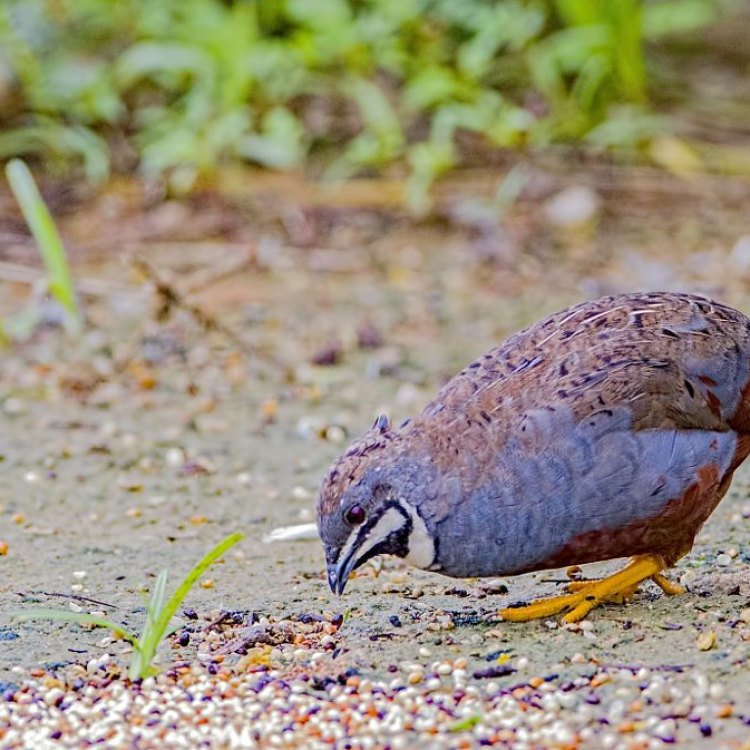
King Quail
- Adult Size: 12-14 cm
- Average Lifespan: 2-3 years
- Reproduction: King Quails are monogamous and form pair bonds.
- Reproductive Behavior: The male courts the female with displays and calls. The female lays a clutch of 4-6 eggs in a nest on the ground.
- Sound or Call: The male's call is a repetitive, high-pitched whistle, often described as 'chi chi chi'.
- Migration Pattern: Resident species, with some populations undergo limited movements in response to seasonal conditions.
- Social Groups: King Quails are generally seen in pairs or small family groups.
- Behavior: King Quails are primarily diurnal and spend most of their time foraging for food on the ground. They are known to be secretive and rely on their camouflage for protection.
- Threats: Habitat loss, hunting, predation by introduced species
- Conservation Status: Least Concern
- Impact on Ecosystem: King Quails play a role in seed dispersal and insect control in their habitats.
- Human Use: King Quails are sometimes kept as aviary birds and are also hunted for food and sport.
- Distinctive Features: The male has a blue-gray head and white speckles on its body, while the female has buff speckles on a lighter brown body.
- Interesting Facts: 1. King Quails are known for their distinctive call, which sounds like a repetitive whistle. 2. They are one of the smallest quail species in the world. 3. King Quails are often kept as pets or aviary birds due to their small size and attractive plumage. 4. In the wild, King Quails are prone to predation by introduced species such as feral cats and foxes. 5. They are adaptable birds and can be found in a variety of habitats, including grasslands, shrublands, and forests.
- Predator: Introduced predators such as feral cats and foxes
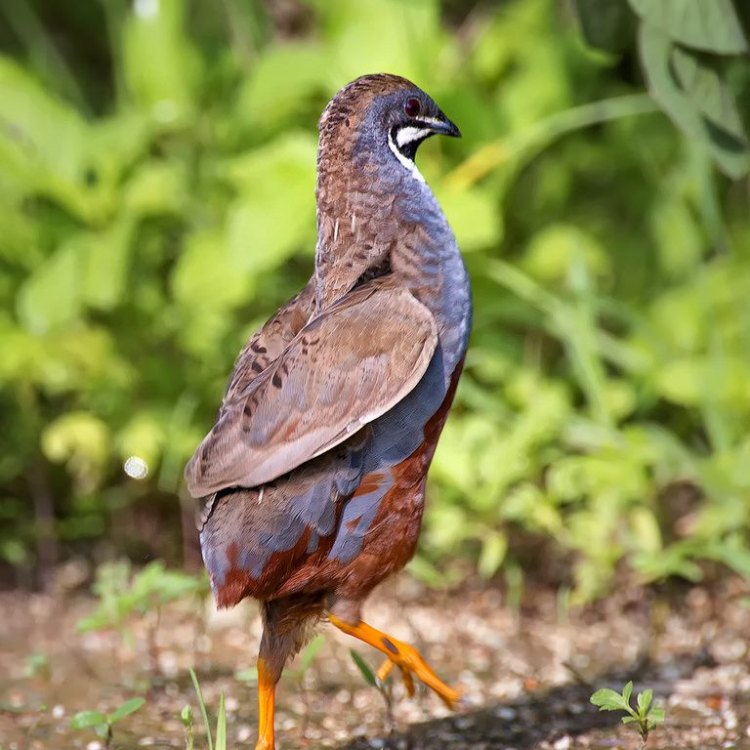
Excalfactoria chinensis
The Enigmatic King Quail: A Small Bird with a Big Personality
Imagine walking through a grassy field, the sun shining down on your skin, birds chirping in the distance. Suddenly, a small but distinct whistle catches your ear. You turn to see a pair of King Quails, with their distinctive blue-gray heads and white speckles, foraging for food on the ground. These small birds may often go unnoticed, but they possess unique features and behaviors that make them a fascinating species PeaceOfAnimals.Com.King Quails, also known as the Asian Blue Quail, are one of the smallest quail species in the world, with an adult size ranging from 12-14 cm. They are native to parts of Asia, including India, Southeast Asia, and Australia. In this article, we will explore the captivating world of King Quails, from their reproductive behavior to their impact on the ecosystem.
Reproduction and Mating Behavior
One of the most interesting aspects of King Quails is their reproductive behavior. They are monogamous birds, meaning they form pair bonds that can last for life. The male courts the female with displays and calls, often described as a repetitive, high-pitched whistle. Once a pair has formed, they will remain together in their territory.
The female will lay a clutch of 4-6 eggs in a nest on the ground, which is typically hidden in vegetation. Both parents will take turns incubating the eggs, which hatch after about 12-14 days Keel Billed Toucan. The hatchlings are precocial, meaning they are able to leave the nest and feed themselves shortly after hatching. This is an advantageous adaptation that allows the parents to focus on caring for their young and protecting them from predators.
Sound and Call
As mentioned earlier, the male King Quail's call is a repetitive, high-pitched whistle, often described as 'chi chi chi'. This iconic sound is one of the most distinctive features of this bird. It is used not only for mating and territory defense but also for communication within their social groups.
Behavior and Habitat
King Quails are primarily diurnal and are active during the day. They spend most of their time foraging for food on the ground, using their strong legs and feet to scratch and peck at the soil. They are known to be secretive birds, relying on their excellent camouflage to protect them from predators.
These birds are adaptable and can be found in a variety of habitats, including grasslands, shrublands, and forests. They are also excellent runners and can quickly scurry away when they feel threatened. However, despite their quick movements, they are vulnerable to predation.
Threats and Conservation Status
Unfortunately, King Quails face several threats in the wild. Habitat loss is one of the most significant threats, as their grassland and shrubland habitats are being converted for agricultural or urban development. They are also prone to being hunted for food and sport, and their distinctive call makes them an easy target for hunters.
Introduced predators, such as feral cats and foxes, pose a significant threat to King Quails. These predators were introduced to their habitats and have had a devastating impact on the population numbers of many native species, including King Quails.
Despite these threats, the King Quail is listed as Least Concern on the IUCN Red List. However, it is essential to monitor their populations and take steps to protect their habitats to ensure their survival in the wild.
Impact on the Ecosystem and Human Use
King Quails play an essential role in their ecosystems. As seed dispersers, they help in plant regeneration and maintain the balance of plant species in their habitats. They are also insectivorous, feeding on insects and helping control their populations.
Humans have also had an impact on King Quails. These small birds are sometimes kept as pets or aviary birds due to their small size and attractive plumage. However, it is important to ensure that any birds kept in captivity are from reputable sources and not taken from the wild. Additionally, regulated hunting can provide a sustainable source of food and income for local communities.
Distinctive Features and Interesting Facts
The distinctive features of King Quails make them stand out from other bird species. The male has a blue-gray head and white speckles on its body, while the female has buff speckles on a lighter brown body. These features, combined with their small size, make them a visually striking bird.
Aside from their unique call, there are many other interesting facts about King Quails. They are communal birds and are often seen in pairs or small family groups. They are also known for their adaptability, with some populations undergoing limited movements in response to seasonal conditions.
In conclusion, King Quails may be small, but they have a big personality and play an important role in their ecosystems. From their unique reproductive behavior to their ability to adapt to different habitats, these birds are fascinating creatures that deserve our attention and protection. Let's work together to preserve their habitats and ensure that future generations can also appreciate the beauty of the King Quail.
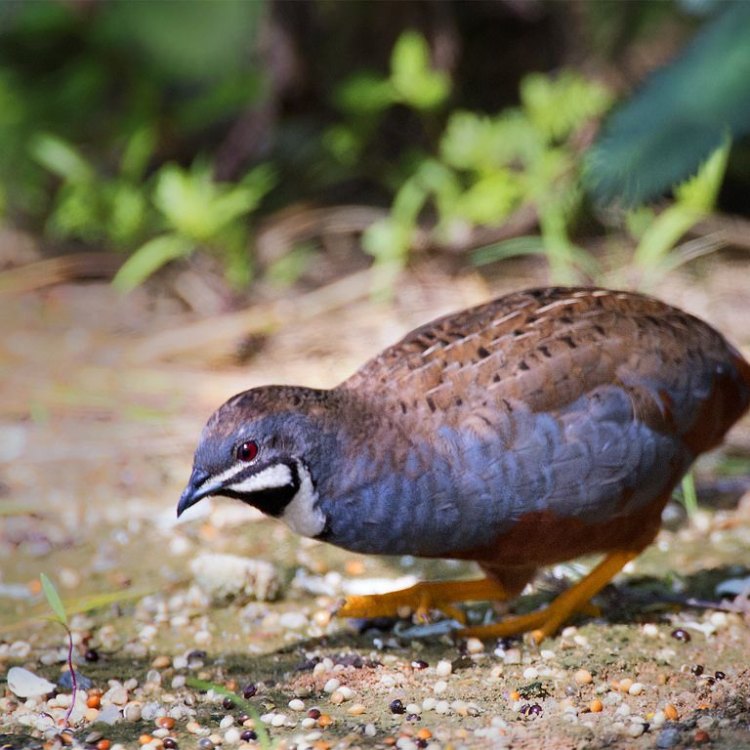
The Fascinating World of King Quails
Disclaimer: The content provided is for informational purposes only. We cannot guarantee the accuracy of the information on this page 100%. All information provided here may change without prior notice.

